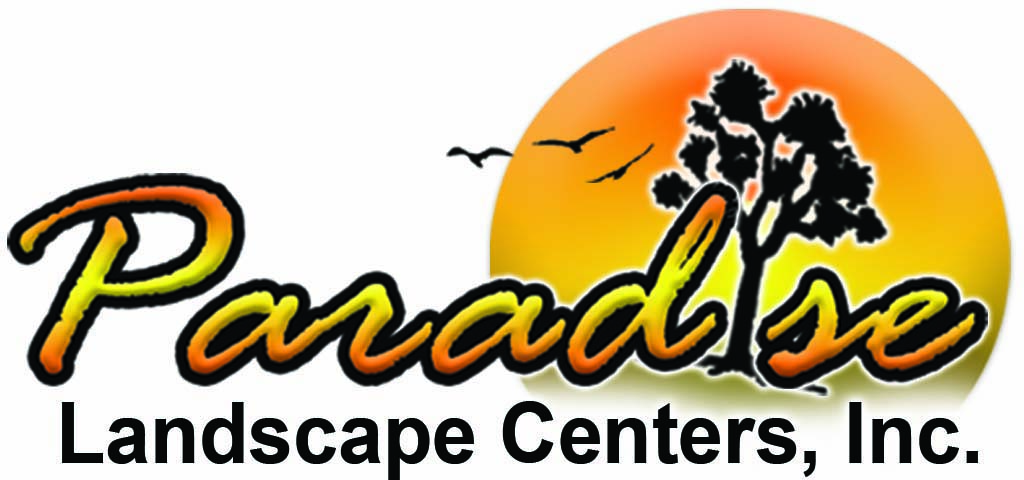- Environmentally Friendly Landscape Supply
- (661) 878-8886

When should I use compost soils?
June 5, 2021
Enhance your landscape’s curb appeal
June 5, 2021Terrariums are great for individuals who are interested in getting a taste of indoor gardening without too much hustle. They require minimal maintenance and minimal space yet they radiate that outdoor natural ambiance.
We believe this is one of the easiest ways of building an eco-friendly environment. So, here’s a step-by-step guide on how to create terrariums and a preview of some of the important things to consider when designing a terrarium. Let’s dig in.
Type of container
Here’s the thing with terrariums, the container has to be clear. Colored containers are known to hinder light and ultimately growth. Containers must also have no holes. They could have a lid but that can be exempted.
Consider using a clear glass jar or container that has a lid or a mouth making it easy to plant and care for the plants. A mason jar or large empty pickle jars are some of the best jars to use. Going for a wider bowl will allow you to put in more soil, plants, and decorative elements like ornaments, figurines, or shells.
The plants to grow
Your choice of plants depends on whether you are using closed-top or open-top terrariums. We recommend dwarf (compact) plants so that they can comfortably fit into the jar without touching the sides. Mosses, orchids, ferns, and bromeliads are great choices for closed-top terrariums since they do well in humid and low-light environments.
Bright-light plants such as cactus and mints fit well in open-top terrariums since they thrive in low-humidity areas. Alternative terrarium-friendly plants include:
· Creeping Fog
· Croton
· Prayer Plant
· Dracaena
· Nerve Plant
· Lucky Bamboo
Consider the soil and drainage layers
Terrariums are not designed with drainage holes at the bottom. You will therefore have to make a drainage layer that will help in preventing water from destroying the plants.
There are several ways to go about this. One, put some rocks at the bottom of the container. These rocks aid drainage, boost aeration, as well as shaping the terrain. You can also place a sheet moss layer at the terrarium bottom to soak up extra water.
Alternatively, use a 2-inch stones layer in the terrarium bottom instead of the moss. Note that narrow, tall terrarium will require deep drainage stones layer than the shallow and broad containers.
Secondly, you may opt for a thin layer on top of the soil. In this layer, you can add a 1/4 – 1/2-inch layer of moisture-absorbing element such as charcoal. This controls odors and minimizes bacteria.
Plant preparation
Remove plants from nursery pots. Tease the roots apart if they are root bound or consider cutting some off. Cutting some of the roots off will help retard the growth of the plant which is important when growing plants in terrarium confines.
Before you plant, consider the placement of the short and tall plants. Similarly, consider where you will create dips and mounds in the soil to create interesting contours.
Placement
Terrarium plants are best grown away from direct sunlight. They don’t thrive in dark areas as well. This is why placement is an essential consideration for the plants. If you opt for direct sunlight, consider using open-top terrariums. This helps with temperature regulation.
Remember, the plants last for years and need to be watered once in a while.
Lastly, avoid congestion. You would rather invest in several specialized terrarium containers. These can be obtained from local stores. Ask for guidance if in doubt and have fun while at it. One last thing, we recommend you open the closed terrariums once in a while for a few hours for fresh air.


